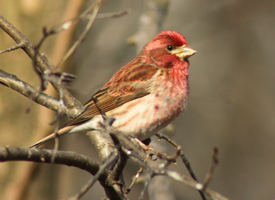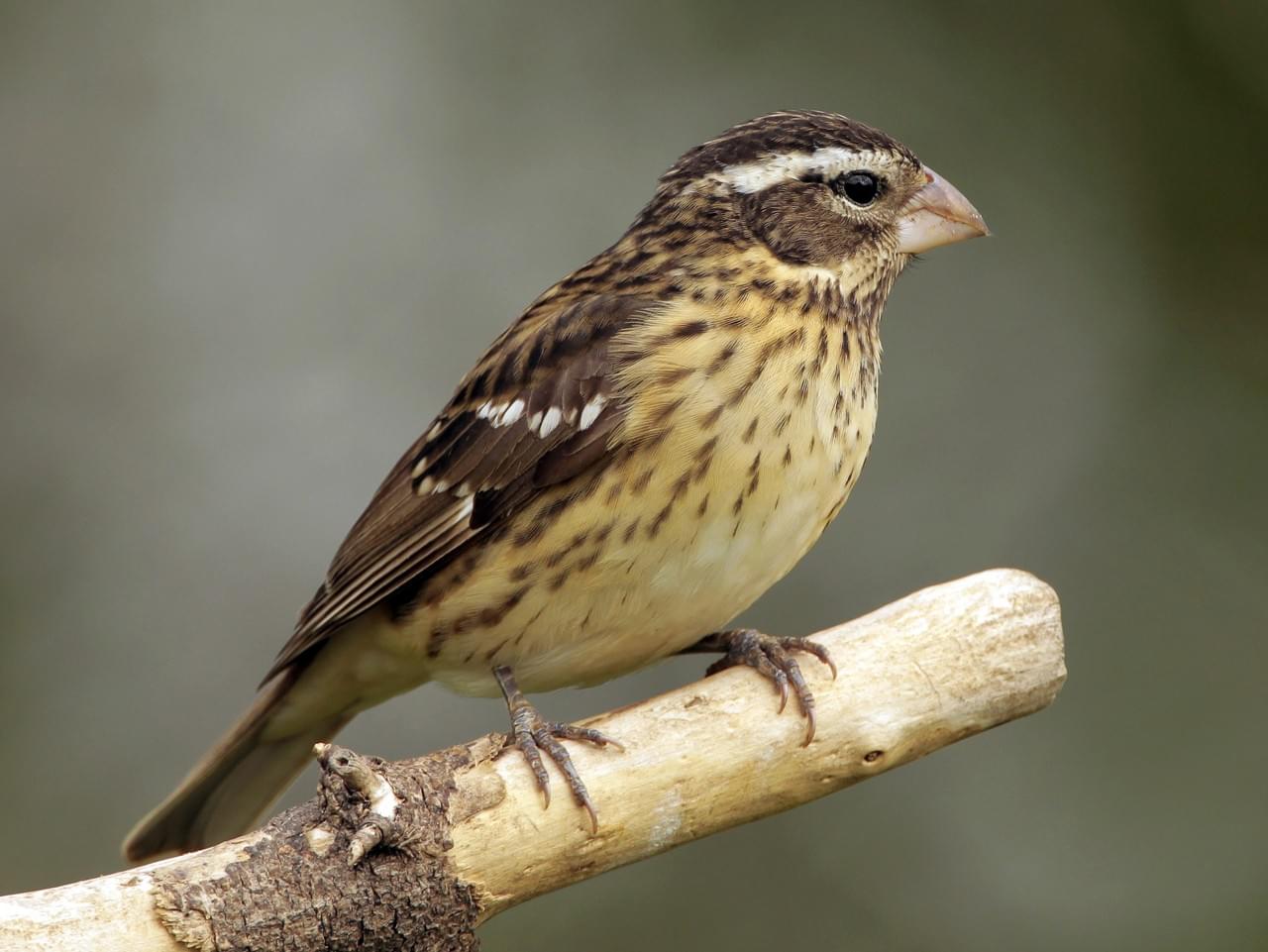Feeders beginning to get busy again
There’s no doubt bird feeding stations have been slow compared to past Novembers and early Decembers but a reason for this is likely the abundance of natural food sources available this fall, and mild temperatures. We’ve only had a couple of brief cold snaps. As of yet, we’ve had no reported sightings of Purple Finch or Pine Siskin but Goldfinches have begun visiting feeders again in their drab winter plumage. Other winter migrants like White-throated Sparrow, Junco, Yellow-bellied Sapsucker are being seen, and if you live where there is a presence of pine and cedar trees you may be seeing Red-breasted Nuthatch.
Holiday Shopping
Keep The Wood Thrush Shop in mind for holiday shopping. We are well stocked and have experienced only a few problems getting merchandise. Our everyday inventory of Bluebird houses, hummingbird feeders, squirrel proof, suet, finch, and seed feeders is in good supply and always make great gifts. And here are a few other things you may or may not know we have:
Windchimes, Birdbaths and fountains, whimsical metal statuary-including skunks, armadillo’s and giraffes, playing cards and puzzles, books and binoculars, bird pins and zipper pulls, Amazon Lights anti-Mosquito Incense, T-shirts, gift certificates, thermometers and rain gauges, socks, and coffee mugs.
The Wood Thrush Shop will be open Friday Dec. 24th until 3 pm. and we continue to offer curbside service.
Northern Saw-whet Owl Banded at Warner Park
For only the 3rd time a Saw-whet owl was captured, banded, and released by staff at Warner Park. The Saw-whet Owl is the least familiar and least known of owls in TN. The likely reason for its elusiveness is because of its diminutive stature and very minimal vocalizations. Like most owls they are mostly nocturnal and stay concealed in heavy vegetation during daylight hours. So, all factors considered these owls are very hard to find. They tend to favor areas with evergreen.
The Saw-whet is only about 8” in length, no larger than a Cardinal and has a catlike face, oversized head, and bright yellow eyes. The Northern Saw-whet is a formidable hunter, however, favoring mice as its prey. Where mice and other small mammals are concerned this fierce, silent owl is anything but cute. One of the most common owls in forests across northern North America (and across the U.S. in winter), saw-whets are highly nocturnal and seldom seen. Their high-pitched too-too-too call is the best indicator that one is nearby. Visit Cornell Labs allaboutbirds.org to learn more.





















